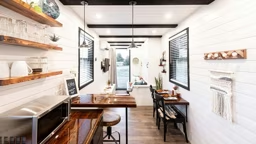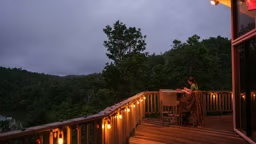Article courtesy of Garden Gate Magazine
1. Bring indoors out
Think of your patio as part of the house. If it extends off the kitchen, turn it into dining space. If it opens off the living room, make it simple to move a big party outside. You’re much more likely to use a space if it’s easy to get to and comfortable.
2. Define your rooms
If you have enough room for living and dining space outdoors, you don’t need to build a wall and frame a door to make it clear that folks are moving from one to the other. More subtle divisions, such as outdoor area rugs, can help de ne a space. Or put a couple of large plants in place as a screen or install a pergola over part of the deck to mark a change.
3. Keep it flexible
Design your space so you can use it lots of ways: Push the table against the wall to serve a crowd buffet-style. Buy stackable chairs that move out of the way easily. The patio at left is equally suited to a cozy breakfast or a cocktail party. Some of this has to do with what’s underfoot. The smoother the surface, the more crowd-friendly it is.
4. Respect traffic
Resist the temptation to place something based only on how it looks there. A container may look fantastic on the steps, but it won’t last long if you can’t open the door all the way without banging into the pot. And it’s just not comfortable to zigzag through a patio full of furniture to get into the backyard. Look at the path of least resistance, and leave corridors that don’t make folks veer too far away from it. A 4-ft.-wide path is perfect, but you can get away with less if it isn’t a frequently used route.











